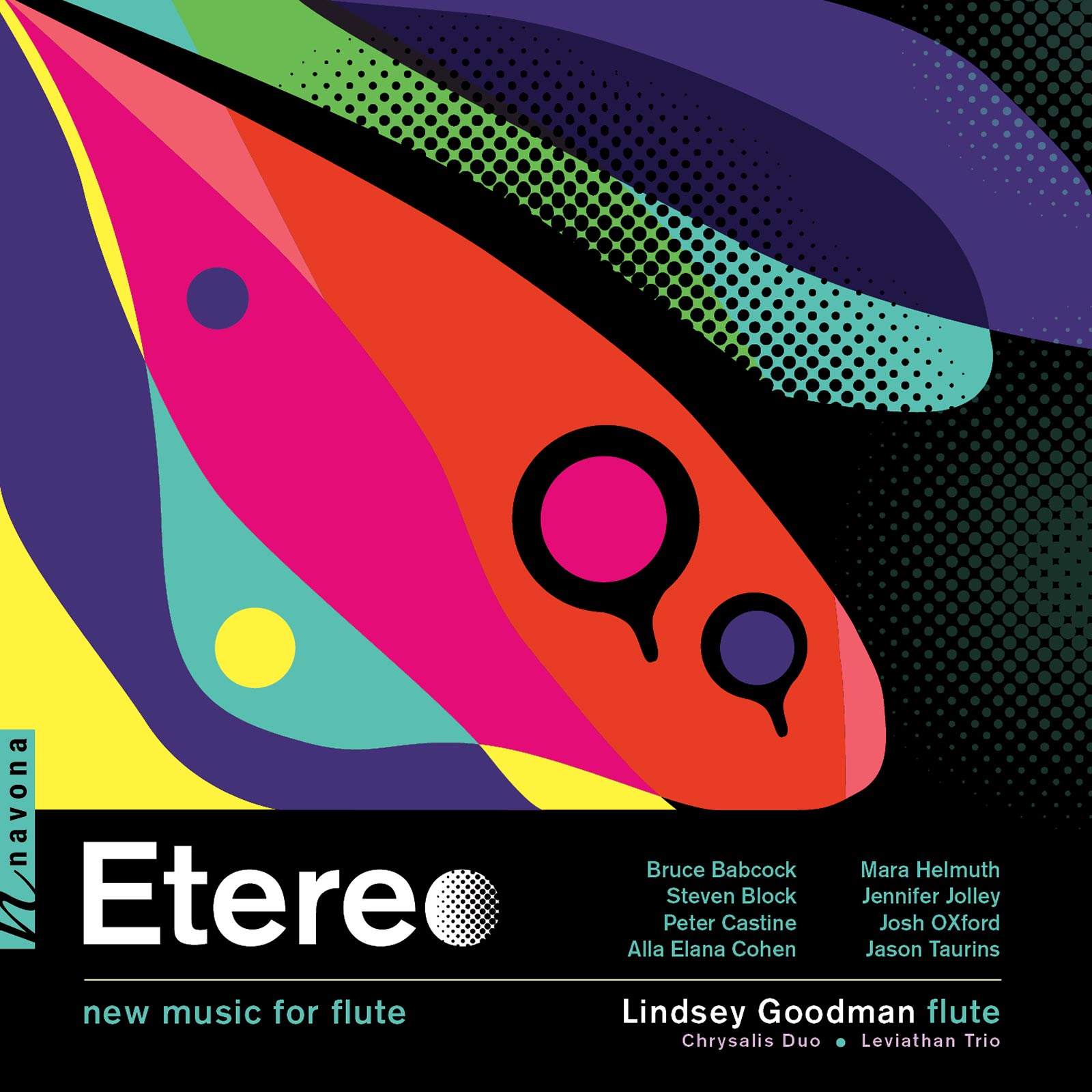
Share Album:
Etereo
Bruce Babcock composer
Steven Block composer
Peter Castine composer
Alla Elana Cohen composer
Mara Helmuth composer
Jennifer Jolley composer
Josh OXford composer
Jason Taurins composer
Lindsey Goodman flute
Chrysalis Duo
Leviathan Trio
Fresh from Navona Records comes PARMA recording artist Lindsey Goodman’s ETEREO, a multi-composer album featuring the internationally acclaimed flutist in solo, duo, and trio settings. Goodman’s virtuosic performances unleash the breadth of dynamic and tonal possibilities the flute offers, making for a riveting listener experience.
The album opens with Josh OXford’s intervallically complex Bluez... in which Goodman’s breath accompanies frantic jazzy melodies, rife with overblown harmonics and vocal harmonizations akin to throat singing. Next comes Bruce Babcock’s Soliloquy which soars and flutters, at once insistent and inquisitive. For Marsyas and Gadfly by Jason Taurins, Goodman performs a series of arrhythmic dances, punctuated by instrumental bends and shrieking cries. Steven Block’s sweet soulless solstice also explores the physical limits of the instrument, replete with ethereal harmonics. After that comes Mara Helmuth’s Butterfly Within, a four-movement work in which Goodman explores a new sonic landscape, full of extra-musical sounds and spine-tingling aural sensations. In Watercolors of the Master Who is Accustomed to Paint With Oils by Alla Elana Cohen, Goodman is joined by piano; her piercing exclamations are marked by uncertainty but gain a footing and grow joyful as the work progresses. “In memoriam” from Three Duos for Alto Flute and Cello by Peter Castine is marked by soft, droning chord clusters, with the interjection of a toy piano midway. Lastly, in Flight 710 to Cabo San Lucas by Jennifer Jolley, the rapid stabs of the trio give way to an explosive repartee, making for an upbeat conclusion to the album.
In ETEREO, flute virtuoso Lindsey Goodman captures the dramatic thrill of her stage performances. With flare backed by impressive technical ability, Goodman releases the fiery potential energy stored up within her instrument. Listeners who wish to challenge their assumptions and expand their appreciation for flute music need look no further than ETEREO.
Listen
Stream/Buy
Choose your platform
Track Listing & Credits
| # | Title | Composer | Performer | |
|---|---|---|---|---|
| 01 | Bluez... | Josh Oxford | Lindsey Goodman, flute | 4:57 |
| 02 | Soliloquy | Bruce Babcock | Lindsey Goodman, flute | 4:24 |
| 03 | Marsyas | Jason Taurins | Lindsey Goodman, alto flute | 3:11 |
| 04 | Gadfly | Jason Taurins | Lindsey Goodman, flute | 3:11 |
| 05 | Sweet Soulless Solstice | Steven Block | Lindsey Goodman, flute | 5:59 |
| 06 | Butterfly Within: I. Serenity | Mara Helmuth | Lindsey Goodman, flute and fixed media | 3:34 |
| 07 | Butterfly Within: II. I Am Radioactive | Mara Helmuth | Lindsey Goodman, flute and fixed media | 1:01 |
| 08 | Butterfly Within: III. From Inside | Mara Helmuth | Lindsey Goodman, flute and fixed media | 2:01 |
| 09 | Butterfly Within: IV. Seeing Within | Mara Helmuth | Lindsey Goodman, flute and fixed media | 1:31 |
| 10 | Watercolors of the Master Who Is Accustomed to Paint Oils (Version for Flute & Piano): I. Andante mesto | Alla Elana Cohen | The Chrysalis Duo | Lindsey Goodman, flute; Robert Frankenberry, piano | 1:53 |
| 11 | Watercolors of the Master Who Is Accustomed to Paint Oils (Version for Flute & Piano): II. Con moto, triste | Alla Elana Cohen | The Chrysalis Duo | Lindsey Goodman, flute; Robert Frankenberry, piano | 1:08 |
| 12 | Watercolors of the Master Who Is Accustomed to Paint Oils (Version for Flute & Piano): III. Commodo | Alla Elana Cohen | The Chrysalis Duo | Lindsey Goodman, flute; Robert Frankenberry, piano | 1:27 |
| 13 | Watercolors of the Master Who Is Accustomed to Paint Oils (Version for Flute & Piano): IV. Allegro Impetuoso | Alla Elana Cohen | The Chrysalis Duo | Lindsey Goodman, flute; Robert Frankenberry, piano | 0:45 |
| 14 | 3 Duos for Alto Flute & Cello: No. 3, In memoriam | Peter Castine | Lindsey Goodman, flute; Hannah Pressley, cello; Joseph Dangerfield, toy piano; Chris Carmean, crotales | 6:54 |
| 15 | Flight 710 to Cabo San Lucas (Version for Flute, Cello & Piano) | Jennifer Jolley | The Leviathan Trio | Lindsey Goodman, flute; Hannah Pressley, cello; Joseph Dangerfield, piano | 9:02 |
All pieces recorded May 14-17, 19, 2019 at Weigel Hall Auditorium, The Ohio State University School of Music in Columbus OH
Recording Session Producer Brad Michel
Recording Session Engineer Mark Rubinstein
Photography Joshua Brown
Executive Producer Bob Lord
Executive A&R Sam Renshaw
A&R Director Brandon MacNeil
A&R Chris Robinson, Danielle Lewis, Quinton Blue
VP, Audio Production Jeff LeRoy
Audio Director Lucas Paquette
Editing, Mixing & Mastering Brad Michel
Recording Sessions Director Levi Brown
Recording Sessions Assistant Emma Terrell
VP, Design & Marketing Brett Picknell
Art Director Ryan Harrison
Design Edward A. Fleming
Publicity Patrick Niland, Sara Warner
Artist Information
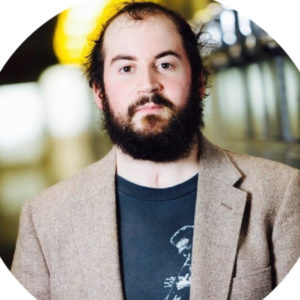
Josh Oxford
Electronisist Josh Oxford, born in 1985, is a composer, arranger, and performer of myriad styles of music. He has performed throughout the world, especially in his native central New York, on piano, percussion, and Moog synthesizer. After suffering a debilitating car crash in 2010, Oxford has devoted his energy to composing.
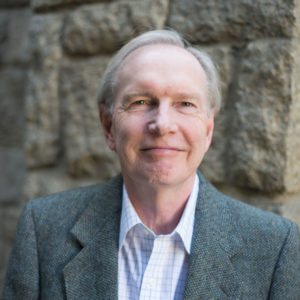
Bruce Babcock
Applauded by Aaron Copland, inspired by Desmond Tutu, and mentored by Hugo Friedhofer and Earle Hagen, Bruce Babcock has spent his working life composing music for the musicians of Los Angeles. Successful in both film and television, and the concert hall, he is known for vibrant, sonorous, expressive pieces that immerse audience and performers alike in an inclusive and exuberant celebration of the musical art.
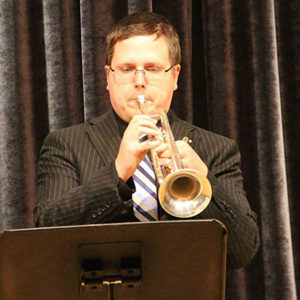
Jason Taurins
Jason Taurins (b. 1991) is a music educator, composer/arranger, and clinician. He has lived in Arizona since 2015. He holds a Bachelor of Music in Education from Western Michigan University, where he studied composition with Lisa Coons and Richard Adams. He also has a Master of Music from the University of Florida. His musical interests include writing for wind bands, arranging for marching band, and writing marching band drill, as well as writing chamber music. His influences are diverse, including the great Classical composers, the 20th-century avant garde, jazz, classic rock, and metal. He is an active advocate of music by living composers and diversity in musical programming.
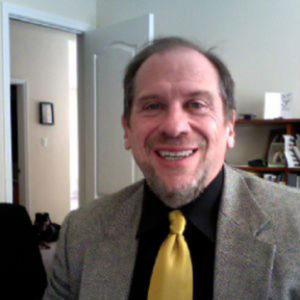
Steven Block
Steven D. Block was born in New York City on November 5, 1952. He is currently Dean of the College of Fine Arts at the University of Texas – Rio Grande Valley after having served as Chair of the Department of Music at the University of New Mexico for 17 years.
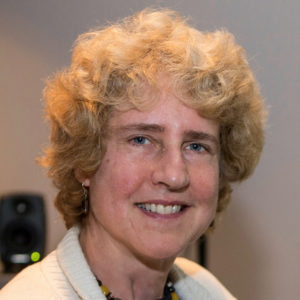
Mara Helmuth
Mara Helmuth was composes music and sonic spaces often involving the computer, focusing recently on environmental issues and wildlife. Her recordings include Irresistible Flux on Esther Lamneck’s Tarogato Constructions, from O on Open Space CD 33 Benjamin Boretz 9x9, Lifting the Mask on Sounding Out! (Everglade), Sound Collaborations, (CDCM v.36, Centaur CRC 2903), Implements of Actuation (Electronic Music Foundation EMF 023), and works included on Open Space CD 16 and the 50th Anniversary University of Illinois EMS collection. Scores are published in Open Space Magazine Issues 19-20 (from O), and Notations 21 (String Paths), edited by Theresa Sauer.
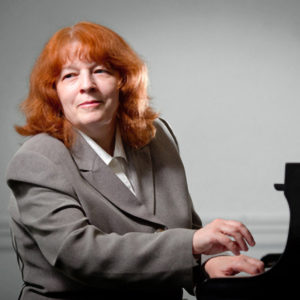
Alla Elana Cohen
Alla Elana Cohen is a distinguished composer, pianist, music theorist, and teacher who came to the United States in 1989 from Russia. Graduating from the Moscow State Tchaikovsky Conservatory with the highest honors of distinction, Cohen lives in Boston and is a professor at Berklee College of Music.
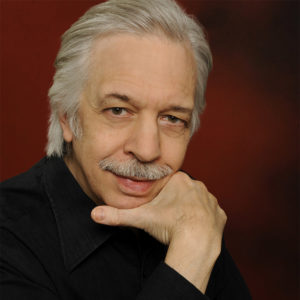
Peter Castine
Peter Castine was born in New York City on a Sunday in the year of the snake. Studies of composition, piano, and computer science in Stony Brook and Berlin were followed by work as a performer, concert and conference organizer, and developer of software-based musical instruments.
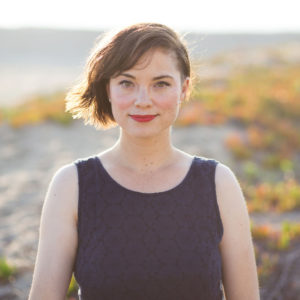
Jennifer Jolley
Jennifer Jolley (b. 1981) is a West Texas-based composer of vocal, orchestral, wind ensemble, chamber, and electronic works.

Lindsey Goodman
Flutist Lindsey Goodman is a soloist, recording artist, chamber collaborator, orchestral musician, educator, and clinician whose “palette of tone colors includes cool silver, warm chocolate, the bright colors of a sunrise, and the deep blue of midnight.” (The Flutist Quarterly) Renowned for her “energy and artistry, conveying her exuberance and creativity” (Pittsburgh in the Round), Lindsey has performed solo and chamber concerts, taught masterclasses, and given presentations at countless series, festivals, and universities. Performances “played with conviction” (New York Times) have been heard across three continents, including at Carnegie Hall, Eastman School of Music, Edinburgh Festival Fringe, Oberlin Conservatory of Music, Google headquarters, University of Cincinnati College’s Conservatory of Music, several National and Canadian Flute Association conventions, across China, and on the Nobody Listens to Paula Poundstone podcast.
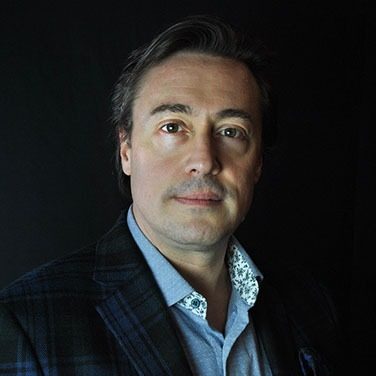
Robert Frankenberry
ROBERT FRANKENBERRY leads a multi-faceted career as a vocalist, pianist, composer, and conductor. Onstage, he has performed a wide range of roles including Mozart (Amadeus), John Adams (1776), Carl-Magnus (A Little Night Music), Bacchus (Ariadne on Naxos), the title roles in Don Carlo, The Tales of Hoffmann, Faust, and Willy Wonka, and originated the role of Orson Welles in Daron Hagen’s Orson Rehearsed with Chicago’s Fifth House Ensemble.
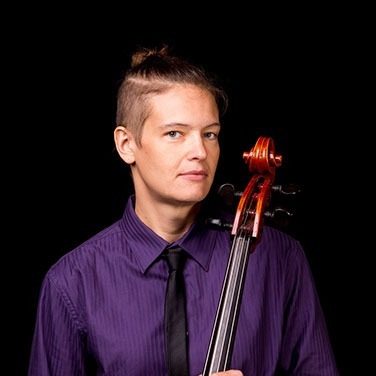
Hannah Pressley
Cellist HANNAH PRESSLEY lives in Charleston WV and actively performs across the region as an orchestral and chamber musician. She has performed across the United States and in China, Canada, the UK, France, and Japan. Pressley has been broadcast live and in recordings on West Virginia Public Broadcasting, All Classical Portland (Oregon), Maryland Public Television, and KING FM (Seattle).
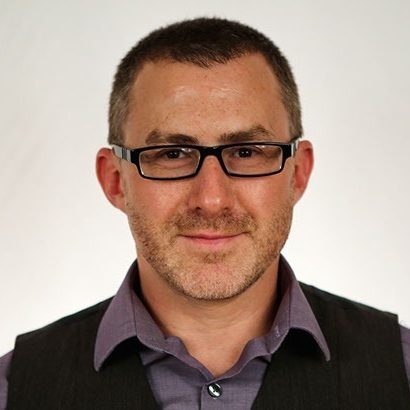
Chris Carmean
CHRIS CARMEAN holds degrees from Miami University and Duquesne University, and is an Assistant Band Director and Percussion Instructor in the Pickerington Local School District. He has performed with the Pittsburgh Symphony Orchestra, the New World Symphony, the Naples Philharmonic, and is an Associate Musician with the Columbus Symphony Orchestra.
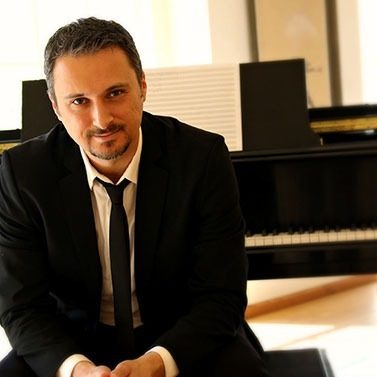
Joseph Dangerfield
JOSEPH DANGERFIELD has lived and worked professionally in Germany, Russia, Holland, and New York. He is the recipient of many awards and recognitions, including the Aaron Copland Award (2010), the Indianapolis Chamber Orchestra’s Composition Prize (2010), the Henry and Parker Pelzer Prize for Excellence in Composition (2005), the Young, and Emerging Composers Award (2002).
